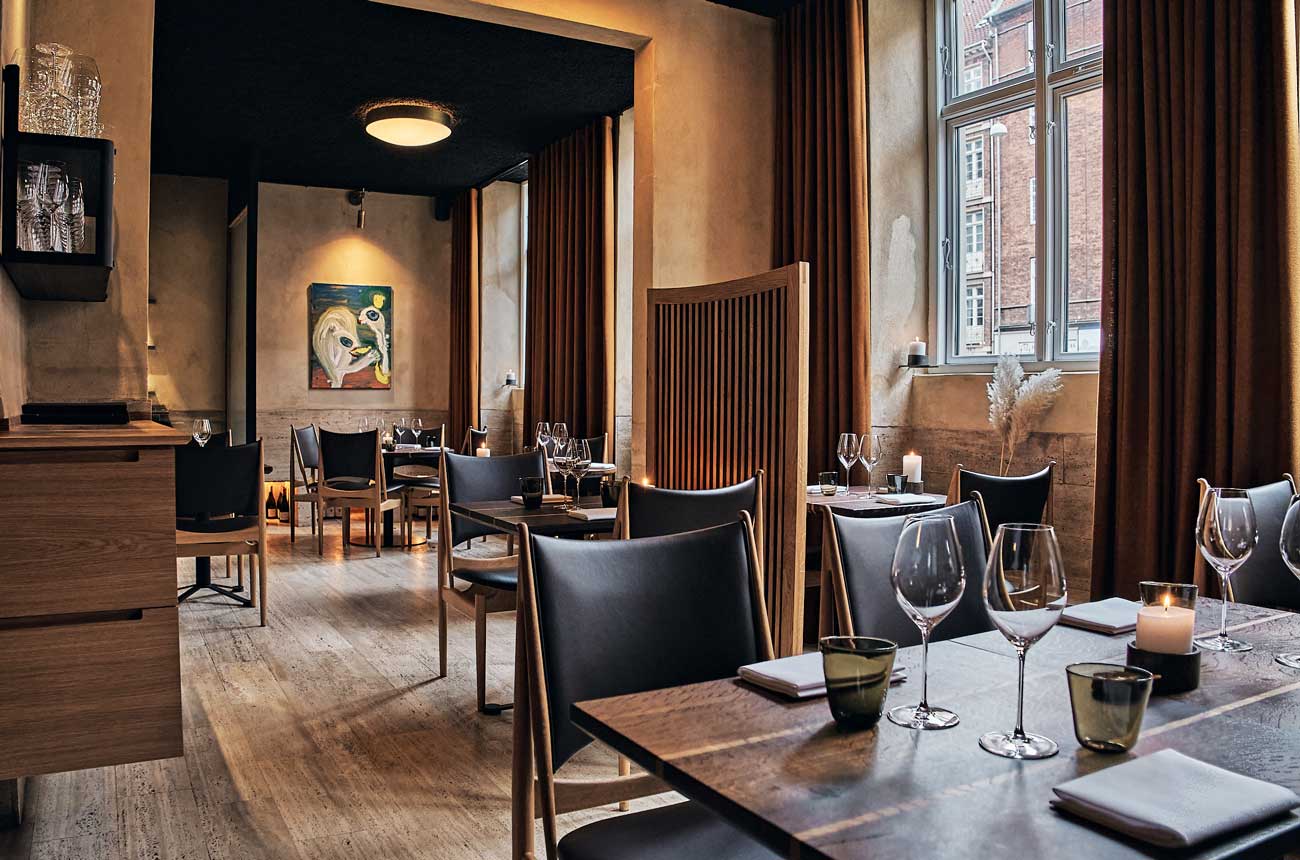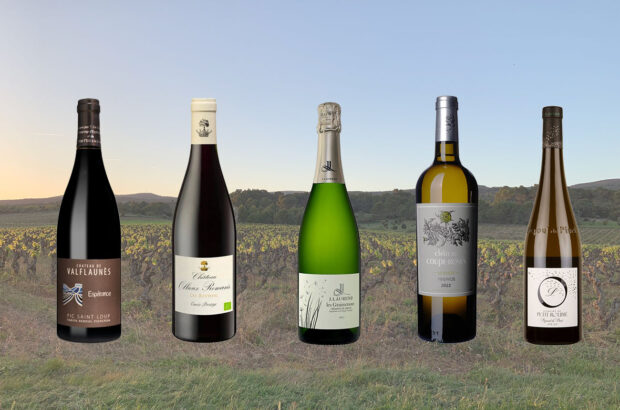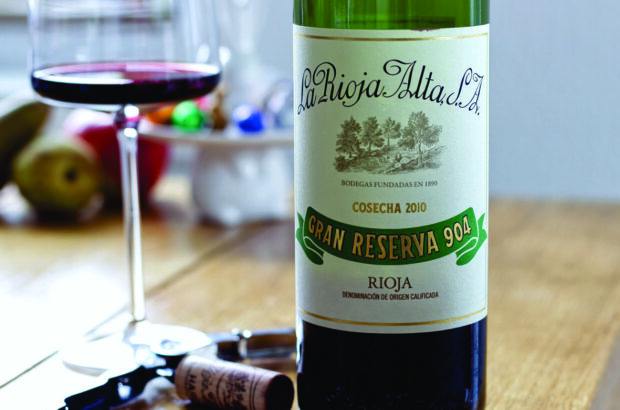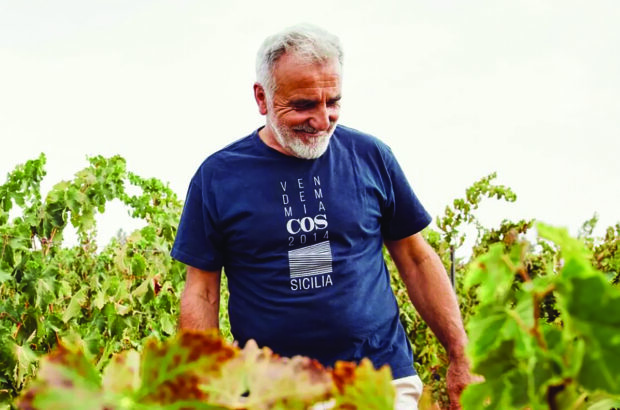Like diamonds or fine art, top wines are on the wish lists of thieves with an eye for luxury, and who appear to know their grands crus from their vins de table.
Swiping hotel room toiletries is one thing, but it requires a different kind of nerve to check out with a bottle of Château d’Yquem 1806 worth an estimated €350,000 tucked into a rucksack. This nightmare scenario played out in October 2021 at Michelin three-star Atrio hotel restaurant in Cáceres, western Spain, when thieves brazenly left with 45 bottles of wine valued by the restaurant at €1.65m (£1.42m).
It is one of several fine wine thefts at top restaurants and merchants’ warehouses in the past few years. Details can be Hollywood-esque, although tales of intrigue, skulduggery and sheer audacity offer little consolation to victims. Financial headaches aside, some bottles are irreplaceable and a cellar will have taken years and much investment to build.
‘To have someone just come in and take it is quite awful,’ Cristina Pérez Olmos, communications director for Madrid’s Michelin two-star Coque restaurant, told Decanter last year after thieves stole about 132 bottles. Police were still investigating, she added in May 2023.
Choosing the vinous targets

Formel B, Copenhagen
Maybe the Atrio thieves got lucky by pinching wine royalty that also included Burgundy’s famous Domaine de la Romanée-Conti (DRC). Considering Atrio’s cellar holds 4,500 different wines and a total 39,000 bottles, however, the selection of 45 feels like more than chance.
Other victims tell a similar story. ‘They knew about wine, or at least they knew what they had to take,’ says Rune Jochumsen, co-owner of Michelin one-star Formel B in Copenhagen, recounting how burglars stole about 60 precious bottles estimated at DKK1.5m in February 2020 (equivalent to £170,000 at the time), also including DRC wines. At Park 29 restaurant in Oslo, burglars ‘walked through a lot of good Champagnes’ before stealing top Burgundy, Côte-Rôtie and Barolo, co-owner Fridtjof Bade told Decanter in January 2023.
Charles Curtis MW, fine wine consultant and Decanter’s Burgundy correspondent, says it’s hard to gauge the severity of the problem, but he believes it’s clear why thieves are targeting certain wines – and it isn’t because they pair perfectly with a Sunday roast.
‘I think this is directly tied to increasing publicity about the asset value of fine wine,’ he said: ‘Relatively few [names] get mentioned, and I think that they are disproportionately targeted.’
Criminals may have noticed soaring wine prices. The Liv-ex 100 index, one barometer of the secondary fine wine market, has increased 343% in value since its inception in 2002.
Meticulous planning
One imagines an operation such as those above would require planning as fine-grained as a top claret’s tannins. Some restaurants and merchants publish their wine lists or inventory online, but a prospective thief would surely want to know what is stored on-site, how it’s protected and how to make their escape with the bottles.
The couple accused of stealing Atrio’s wines were in Cáceres on three occasions in the months before the theft, according to a court document.
In December 2020, gendarmerie officers investigating grand cru warehouse thefts in the Bordeaux area uncovered nearly 900 bottles worth up to €1m (from a series of hauls reported at the time to value some €5m), along with €150,000 in cash and 10 vehicles, making 25 arrests. Specialists knew how to disable alarms, block cameras and pinpoint security weaknesses, a senior member of Bordeaux’s Police Judiciaire told the Agence France-Presse news agency.
Destruction or distraction

The two defendants in the trial for the theft of bottles from Atrio, seen in a provincial court in Extremadura in February 2023. Credit: Carlos Criado/Europa Press via Getty Images
Burglars targeting Formel B used a classic smash-and-grab tactic, first breaking into a next-door property and then punching a hole in the wall (pictured above), climbing through into the wine cellar without setting off the alarm.
By contrast, no cellar walls were damaged at Atrio. Instead, a woman checked in with a Swiss passport and was later joined by her partner to enjoy a 14-course tasting menu on the night of 26 October 2021. After touring the wine cellar, the couple retired to their room, according to court documents.
Things started to get odd when the woman requested a salad at 2:10am, eventually persuading the only employee on reception to prepare one. That gave her partner a clear shot at the wine cellar key. He grabbed the wrong one, though, in a slightly comedic twist that wouldn’t be out of place in a classic heist movie.
So, the woman placed a new room service request, this time for dessert. She only got some fruit, but her partner seized the second chance, taking the master key and entering the cellar to fill bags with world-beating wines. After checking out at around 5am with vinous gems wrapped in hotel towels to stop the bottles clinking, the couple drove off in a red Mercedes. The Swiss passport had been fake.
Getting away with it
Bottles are bulky to move versus, say, fine jewellery, but there is no shortage of unsolved riddles when it comes to wine theft. In Austria, burglars broke into Illmitz-based merchant house Kracher Fine Wine in November 2022 and stole several hundred bottles. A list released by Kracher to alert the trade featured first-growth Bordeaux and top California labels. None have been seen again on the market, it said in early May this year. None of the wines from Atrio have been found, either. Is the Yquem 1806 lurking in a private cellar? Does a wine-loving criminal boss hug it in bed at night? As with a missing Picasso masterpiece, one can only speculate. Unlike in the case of the painting, though, options here include drinking the evidence.
Atrio sommelier José Luis Paniagua told Decanter that he understood police were still investigating. ‘So we will cross [our] fingers.’
Offloading the hot property

Some of the high-value wines recovered by French police in 2020 in the Bordeaux grand cru warehouse thefts case. Credit: Gendarmerie Nouvelle Aquitaine
Bottles that simply disappear into a private cellar are hard to trace. Maureen Downey, the founder of winefraud.com and a leading expert in wine authentication, said she believes restaurant and warehouse thieves often have buyers in place before the raid, ‘so they’re kind of stolen to order’. In her view, somebody involved needs knowledge of wine and trading, but bottles are ‘typically stolen by smash-and-grab people, not by the actual wine people’.
Curtis isn’t so sure about the stolen-to-order theory, however, and feels thieves may also be opportunistic and unscrupulous people ‘with the skill set of breaking into places’.
Sometimes stolen wines do emerge. Formel B owner Jochumsen retrieved 20 bottles of his restaurant’s DRC wines when an eagle-eyed Danish importer spotted something on a newsletter from a Germany-based vendor.
‘[The importer] sent me the email, asking me during the morning, “Doesn’t this look a little bit like your wines?”’ Jochumsen said. They zoomed-in to check serial numbers, a feature of DRC bottles, and then contacted local police, who asked their German counterparts to swoop.
It’s believed the 20 wines were exchanged in a sports bag at a German train station for a significantly below-market price, said Jochumsen, who referenced a documentary by Denmark’s TV2. ‘A wine dealer had put the bottles up for sale on behalf of a private individual who allegedly bought them from an unknown third party,’ said Copenhagen police on Twitter at the time.
No one has been convicted for stealing Formel B’s wines, said Jochumsen. The other 40 bottles remain missing. ‘We had some insurance money, but we would much rather have had those wines in the cellar, because after Covid everybody has been buying good wines in the restaurant,’ he said.
When it all goes wrong
Not everybody rides off into the sunset forever. The couple accused of stealing Atrio’s wines were arrested in Croatia after a nine-month, Europe-wide hunt. In March 2023, they were sentenced to about four years each in prison, and jointly ordered to pay more than €750,000 (£640,000) to compensate Atrio’s insurance company.
Despite their claims of innocence, and no wine being found, prosecutors built a case using DNA evidence from the hotel room, plus CCTV footage, witness testimony and phone records.
Wines stolen from famed Napa Valley restaurant The French Laundry at Christmas in 2014 were discovered in North Carolina, after a probe involving the FBI, who connected this case to other San Francisco Bay Area fine wine thefts. Two California residents were subsequently convicted for conspiring to transport stolen goods.
Stay on your guard

Wine expert Michael Egan speaking to the media outside a federal court in New York, December 2013. Credit: Stan Honda/AFP via Getty Images
Sebastian Balcombe, a quality and authentication specialist at UK merchant Berry Bros & Rudd, says the team is alert for wine that may have been stolen, but that it’s unlikely a thief would directly approach a reputable merchant. He said Berry Bros recently rejected an offer of DRC Romanée-Conti 2005 and Montrachet 2014 in magnum for a combined £90,000 – hardly cheap but ‘very well priced’, he said. Bottle serial numbers were obscured. ‘While we had no reason to believe these wines were suspicious, we also had no guarantees [the seller’s story was true],’ Balcombe said, adding that Berry Bros keeps risks minimal by only buying from trusted existing suppliers. ‘Moreover, we only tend to buy bonded wines, which have a much more reliable paper trail.’
Will Hargrove, head of fine wine at Corney & Barrow, exclusive UK agent for DRC and joint-exclusive agent for Petrus, said the UK trade is ‘quite good at getting an email out quickly’ to raise alarms. He added: ‘We don’t sell any old vintages of things such as DRC and Petrus unless they’ve been with us all along, anyway.’
Fine wine expert Michael Egan, an FBI witness in the trial of notorious counterfeiter Rudy Kurniawan (jailed and subsequently deported from the US in 2021), said efforts by producers and others to improve traceability and make provenance more transparent might help to track stolen wines, although it’s harder for older vintages already on the market. Downey said she was working on a new system named Chai Vault, which harnesses blockchain technology to create a ‘unique bottle ID’ on a digital ledger.
Curtis said: ‘I always tell my clients, if it sounds too good to be true, it probably is.’ And he added: ‘You’re not getting [DRC] La Tâche below market rate, it’s just not going to happen.’
High-level security is also key, said Downey. Several theft victims have bolstered security systems. Insurers can require this, too, said Formel B’s Jochumsen, who hasn’t had any further incidents. ‘Now we need to have super-protection on everything.’












